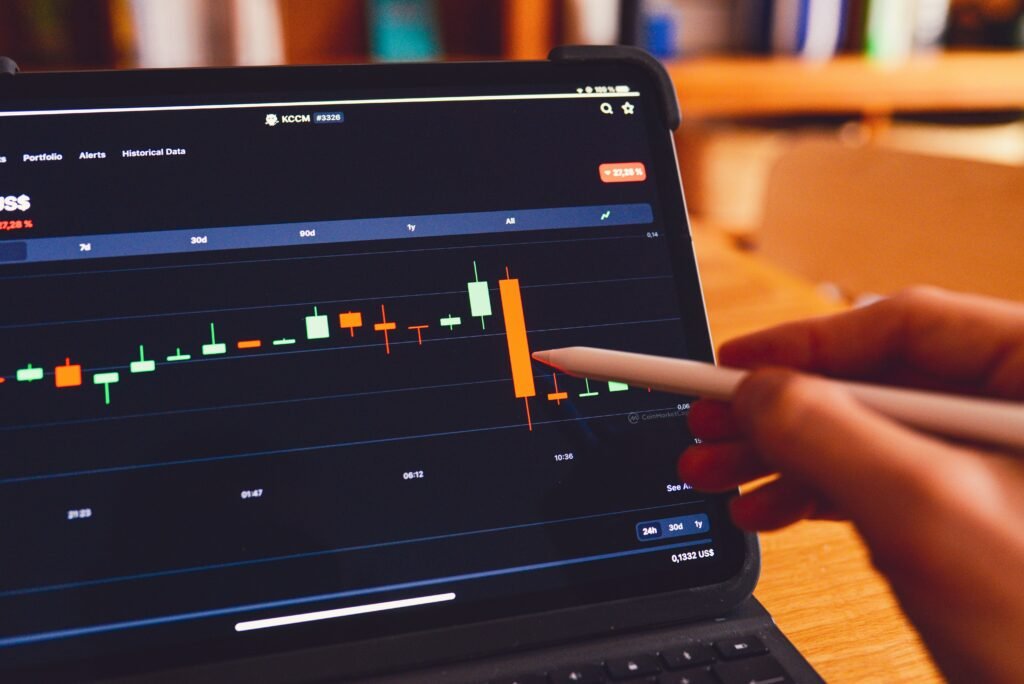In August 2025, the XRP Ledger security ranking became a major talking point across the crypto space. The Kaiko report, a reputable benchmark for blockchain security, placed the XRP Ledger at the bottom of its list—assigning it a score of 41/100 among 15 major blockchains. This sharp critique sparked backlash from RippleX developers, the XRP Ledger Foundation, Ripple Labs, and the broader Web3 community, all of whom rushed to clarify the real state of XRP Ledger’s blockchain security and challenge perceptions built on factors like decentralization and validator nodes.
Challenging the Kaiko report: The developers speak out
RippleX and community leaders quickly addressed the Kaiko report’s low XRP Ledger security ranking. Head of RippleX Engineering, Ayo Akinyele, and other Ripple Labs representatives argued that the methodology used to assess security was incomplete and potentially misleading. The report cited issues like the supply chain attack earlier in April and a lower count of validator nodes—less than 200—as core reasons for the low score. Developers refuted that the supply chain attack on an external SDK did not actually impact the XRP Ledger core or its decentralized consensus mechanism. Audits and recent certifications, they explained, reinforce the robustness of the network and address the real standards of blockchain security.
Understanding blockchain security metrics
At the heart of the controversy is a broad debate: how do we measure blockchain security? The Kaiko report uses several metrics, including the frequency of audits, decentralization via validator nodes, operational resilience, and past security incidents. Decentralization—quantified by tools such as the Nakamoto coefficient—usually suggests greater resistance to attacks. However, RippleX’s team pointed out that XRP Ledger’s unique consensus protocol, curated validator lists, and a track record of successful community defense against malicious actions are not fully captured by these metrics.
XRP Ledger and validator nodes: Decentralization debate
Decentralization remains controversial in any discussion on blockchain security and validator nodes. XRP Ledger has fewer validators compared to some competitors. The Kaiko report considers this as evidence of weaker decentralization, potentially exposing the network to manipulation. But XRP Ledger developers counter that the quality, performance, and trust mechanisms of their validator ecosystem provide strong checks and balances. They highlight that the broader community, transparency, and responsive governance processes safeguard the integrity of the network.
RippleX’s response: Proving security resilience
In direct response to the XRP Ledger security ranking, RippleX and affiliated entities provided extensive documentation showing comprehensive third-party audits and security certifications conducted throughout 2024 and early 2025. Their engineers stressed that supply chain attack incidents only hit the periphery—a software development kit—with no breach to core infrastructure. The core network’s operational resilience, community vigilance, and layered security posture demonstrate the Ledger’s capability to handle threats.
Supply chain attack: Lessons learned
The Kaiko report tied much of its XRP Ledger security ranking to the April 2025 supply chain attack on its official SDK. While such attacks can impact developer tools or third-party integrations, developers clarify this incident never affected the core XRP Ledger code or distributed ledger data. The community acted swiftly to contain the exploit, update compromised packages, and communicate transparently—showcasing best practices in blockchain security response. This event, rather than signaling vulnerability, highlighted the network’s resilience and ability to adapt.
Looking beyond headlines: What this means for investors
For crypto investors and enthusiasts, understanding the XRP Ledger security ranking means looking beyond headlines and numbers. While points like validator node count or a single incident grab attention, long-term confidence in a blockchain’s security depends on multiple factors—proactive auditing, open governance, rapid response to threats, and robust decentralization practices. The XRP Ledger community’s response to the Kaiko report makes it clear: security is multi-dimensional, evolving, and built on more than simple statistics.
Frequently asked questions about XRP Ledger security ranking (FAQ)
Why did the XRP Ledger receive a low security ranking in the Kaiko report?
The score was based on factors such as the supply chain attack on its SDK, fewer validator nodes, and a low Nakamoto coefficient suggesting lower decentralization. However, developers dispute the report’s interpretation, emphasizing their ongoing security improvements and unique consensus model.
Did the April supply chain attack compromise the XRP Ledger network?
No, the attack targeted a software development kit and did not impact XRP Ledger’s core code or distributed ledger. Security patches were quickly implemented, and there was no breach to network operations.
How does validator node count affect blockchain security?
Generally, more validator nodes can mean greater decentralization and resilience. Still, XRP Ledger developers argue that trust, governance, and operational processes are equally crucial in safeguarding the network.
What is RippleX doing to improve XRP Ledger’s security posture?
RippleX invests in external security audits, continuous monitoring, community engagement, and transparent communication to ensure vulnerabilities are addressed quickly and robustly.
Should the Kaiko report’s ranking impact investor decisions?
Investors should consider multiple factors—including the network’s history, community response to incidents, and broader security measures—before making judgments. Security rankings provide one perspective, but a holistic view is important.
Sources to this article
Kaiko. (2025). Blockchain Ecosystem Security Review.
RippleX. (2025). Official statements and developer documentation.
XRP Ledger Foundation. (2025). Network governance and audit reports.



